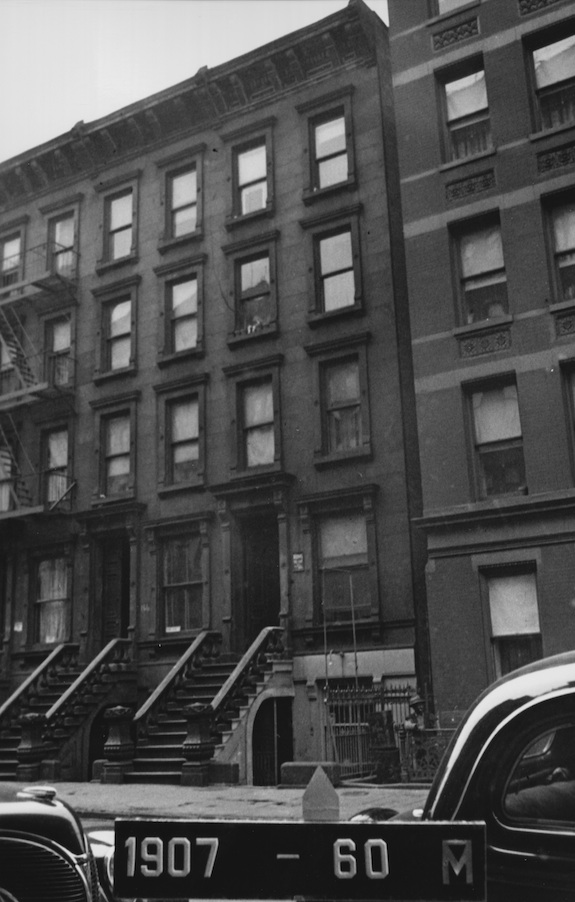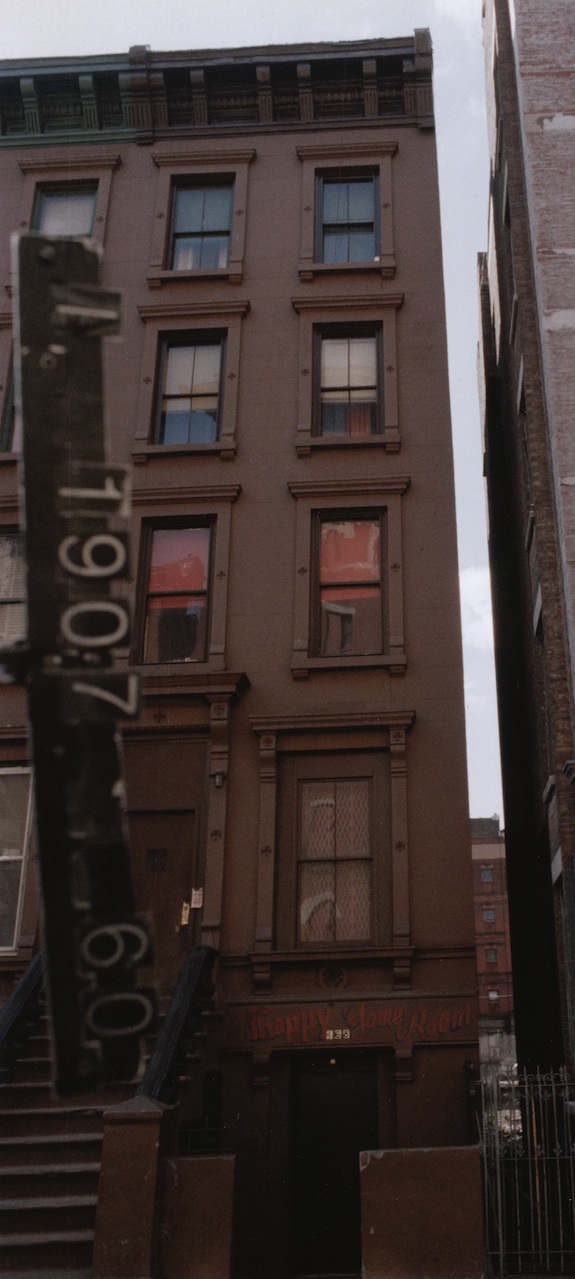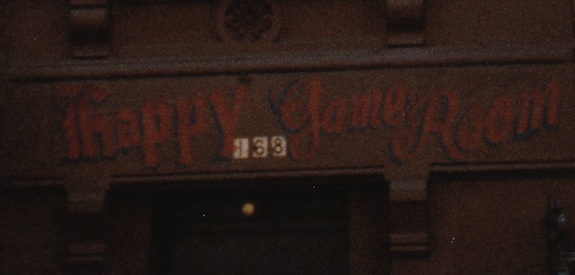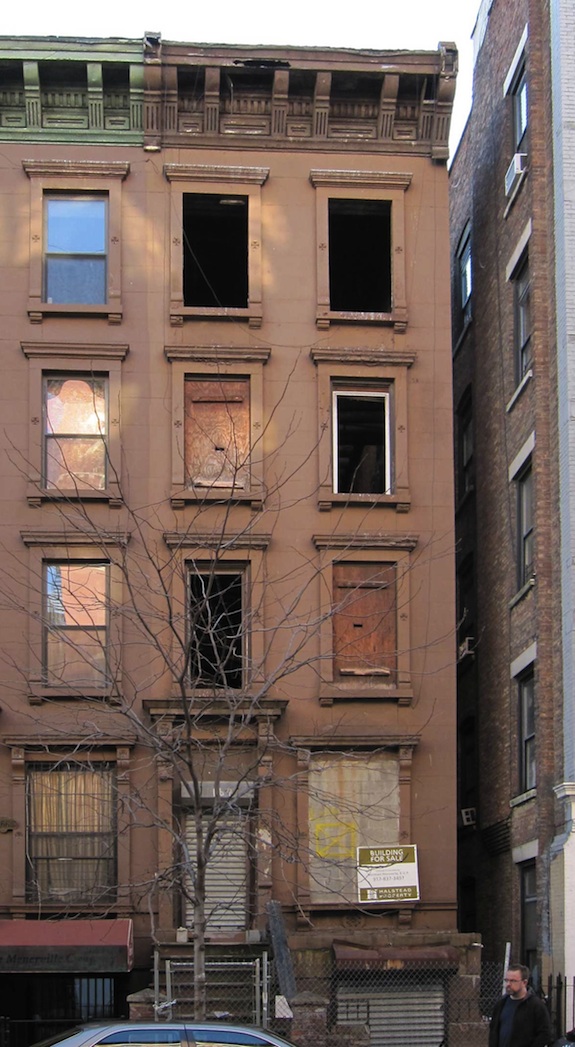Getting our house renovated feels like a never ending series of delays. We thought we had picked a contractor, but his final bid was 88% higher than his initial bid (!). We knew his initial bid was too low, but weren’t expecting such a huge increase. Now that his price is so much higher we’re re-examining our options and are back to getting other bids. We may wind up going with him, but the equation has changed.
Then there’s the tax credit incentives which I wrote up in a previous post. It’s yet another delay, but a delay that may put $100,000 in our pocket, so it’s worthwhile…
The first thing to realize is that the tax incentives follow federal (National Park Service) guidelines. Those are not the same as New York City Landmarking rules (as enforced by the Landmarks Preservation Commission). In some ways they’re more lenient, in other ways they’re stricter. Personally, I like the national standards better than the City’s standards.
When you get landmarked by New York City their objective is to restore the area to what it looked like in the past. As you do major work you’re required to put things back to what they used to look like. But the City is only worried about what things look like from the street (with the rare exception of landmarked interiors).
The federal government has a slightly different objective – they want to preserve and respect existing historic details. They’re more restrictive in that they care about everything – not just what can be seen from the street. However, they’re less restrictive in that if an original detail is missing they’re not quite so fussy about what replaces it. I spent a half hour on the phone with the woman from NY State’s Office of Historic Preservation in part trying to understand how that actually gets implemented. They have two options for replacing original details – 1) replicate the original exactly, or 2) put something contemporary in it’s place that’s generally “compatible” with the original design and more plain (less ornate) than what was there originally. Here are a few examples…
Front Doors – When we started thinking in terms of meeting the guidelines for the tax credit we wondered what we should do about the front door. Our original plan was to have two 8 foot (French) doors with a 2 foot transom over them. The doors would be wood and have the general proportions of the original doors with wood panels in the bottoms and glass in the upper portion. Thing is, in looking at the picture of our house from 1940 we see there were solid wood doors that were the full 10 feet tall. We then went to Demolition Depot thinking we might be able to find an old door that would pass muster with the historic preservationists. We found some, but they had glass panels in them. When I was talking to the woman from NYS I realized I had it all wrong. They don’t want old doors, or even new doors that look like old doors, unless they’re the originals or identical to the originals. The doors we were planning on initially were almost perfect – clearly contemporary, similar proportions, less ornate than the originals, etc. We’ll probably need to get rid of the transom and make the doors full height. And they may push back on the the glass in the doors – we’ll see… But the point is they like new doors better than non-original old doors.
Stoop Newel Posts – Unlike NYC LPC, the state/federal guidelines don’t require us to do anything with the newel posts – we could just repair what’s there. If we were landmarked by the City LPC I’m pretty sure they’d would require us to restore them given the overall size of our project. We want to do more than patch up what’s there – we want it to be much closer to what was there originally. Our guidelines will be 1) generally similar to the original, 2) less ornate than the original. Our only problem is Dan wants cast iron posts and finding ones that meet the federal guidelines.
Ground Floor Security Gates – Like the newel posts, because the originals are missing we have some latitude. We can do something contemporary and compatible and less plain than the original. That’ll save us a lot of money…
Windows – Again, the state/federal government lean a bit more liberal when replacing details that aren’t there. The woman I spoke with was open to the idea of “fake double hung windows” – ones that look like double hung from the exterior, but are actually tilt-n-turn windows. She was also open to the idea of having color matched protective metal trim on the wood windows’ most vulnerable spots. But she emphasized “open” didn’t mean they’d get approved. Still, I don’t think LPC would even entertain the ideas.
BUT, there are ways in which state and federal guidelines are stricter than LPC’s guidelines. They care about things like rear façades which can’t be seen from the street. We don’t have any original details inside the building, but I think they’d care about them if we had them which could be a huge headache.
Our rear deck is probably going to be the biggest sticking point. For starters federal guidelines require an archeological survey if there’s ground disturbance. However, because that’s cost prohibitive for small projects they’ve never actually required it for homeowners. But they clearly don’t like the idea of ground disturbance. Because our deck is, in part, a fire egress for our unit they’re willing to consider it. We’ll see what feedback they have.
I’m also not sure how they’ll handle the bulkhead we’re putting on the building – we’ll see what they say about that. I think we can make a strong argument for how we’ve done it, but I sorta expect them to ask us to change something – I’m just not sure what that something will be.
Both the LPC and National Park Service guidelines are somewhat difficult. I’m really glad we only have to meet one of the two. If we were landmarked by the City we’d need to comply with both. I’m also really glad we don’t have a lot of original detail. The lack of it is really helping us. After talking to her I wondered what limitations there would be if you had original plaster walls – would you be allowed to tear them out and change your floorplan?
At least they pay you to put up with all the rules…




